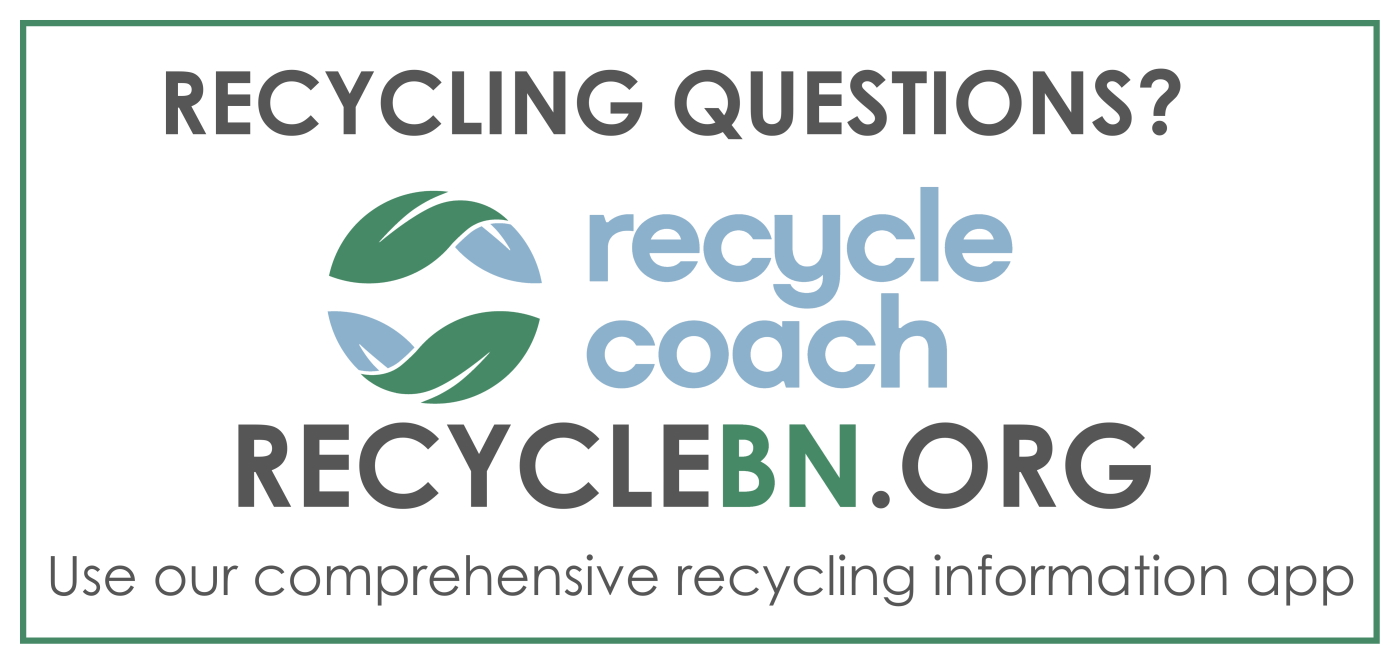Links between Pesticides and Cancer
-
- Weed killers such as 2,4-D have been linked to rising rates of lymphoma in 75 of 99 human studies, according to the National Lymphoma Society.
- Women who used chemical lawn services had higher rates of breast cancer, according to a Massachusetts study.
- Children have been found to be 6 times more likely to have leukemia if their parents used garden pesticide and herbicides once a month or more, according to a Los Angeles study.
- Over the long term, several types of cancer (plus a range of other serious health problems including damage to nervous systems, birth defects and infertility) have been associated with exposure to common lawn care products.
- Research has shown that people who are exposed to pesticides commonly used to improve the appearance of lawns and outdoor settings have a higher risk of developing leukemia, brain tumors, non-Hodgkin’s lymphoma, Hodgkin’s lymphoma and soft tissue sarcomas.
- Runoff from lawns treated with pesticides can contaminate watersheds or your neighbors’ property.
- Pesticides are regulated and evaluated for human safety. But this testing does not occur over a long enough time period to determine carcinogenicity before the product becomes permitted for sale.
Because cancers triggered by pesticide exposure may not develop until many years or even decades later, it is difficult to determine whether or not pesticides currently on the market are carcinogenic.
- A study published in the journal Cancer in 2000 found that children who have been exposed to household insecticides and professional extermination methods within the home are three to seven times more likely to develop non-Hodgkin lymphoma compared with children who have not been exposed to pesticides.
- Only a few of the thousands of chemicals in everyday use have been adequately tested for their impact on health and the environment.
- Researchers have found that people with high levels of pesticides and chemicals known as PCBs in their bloodstreams are far more likely to develop genetic mutations linked with cancer of the pancreas.
- In the 1960s, the World Health Organization concluded that the environment, not heredity, played the predominant role in causing cancer. Even if you are genetically predisposed for certain types of cancer, they will not develop unless they are “triggered” by environmental factors. Many pesticides are probably among these triggers.
- Some evidence indicates women who have breast cancer have 50 to 60 percent higher levels of organochlorines (a type of pesticide) in tissues than women without breast cancer.
- Children are more vulnerable to the carcinogenic effects of pesticides because their bodies are still developing. Malignancies in children linked to pesticides in case reports or case-control studies include leukemia, neuroblastoma, Wilms’ tumor, soft-tissue sarcoma, Ewing’s sarcoma, non-Hodgkin’s lymphoma, and cancers of the brain, colorectum, and testes, said a report published in Environmental Health Perspectives in 1998.
- The amount of pesticides per treated acre of household lands is almost five times the application rate for treated agricultural lands.
- The majority of most children’s exposure to pesticides is from home, lawn, and garden use of pesticides.
- Dogs playing on lawns treated with 2,4-D still had measurable levels of it in their urine several days after application.
- In a 2004 study by Purdue University researchers, Scottish terriers were found to be more than four times more likely to develop bladder cancer if they were exposed to lawn chemicals. Only about 30 percent of human bladder cancers are due to known causes – it’s possible pesticide exposure makes up a good portion of the “unknown” causes.
- Warnings about potential long-term or chronic health effects are not required to be on the labels of lawn and garden pesticides.
- The International Agency for Research on Cancer has classified at least 10 pesticides as known, probable or possible carcinogens.
- The American Medical Association stated in 1998 that “the human health effects of pesticides, especially chronic effects, have not been adequately characterized.”
- In 2001, more than $2 billion was spent in the U.S. on home and garden pesticides, according to the EPA. 78 million U.S. households used pesticides in 2000/2001. (out of ~110 million total households)
Sources
- Pesticide pollution is linked to cancer
- Child’s Exposure to Pesticides Hikes Lymphoma Risk
- StopCancer
- CBC News
- Environmental Health Perspectives
- Pet Bladder Cancer Linked to Lawn Pesticide Applications
- Lawn Pesticides: An Unacceptable Risk
- Canadian Cancer Society Position Statement on Ornamental Use of Pesticides
- 2000-2001 Pesticide Market Estimates: Table of Contents
Other things to consider
- How many pesticides does the EPA classify as carcinogenic or possible carcinogens? For how many are their long-term health effects “unknown”?
- How much lawn pesticides are used in the U.S. in pounds per year?
Lists of carcinogenic pesticides





